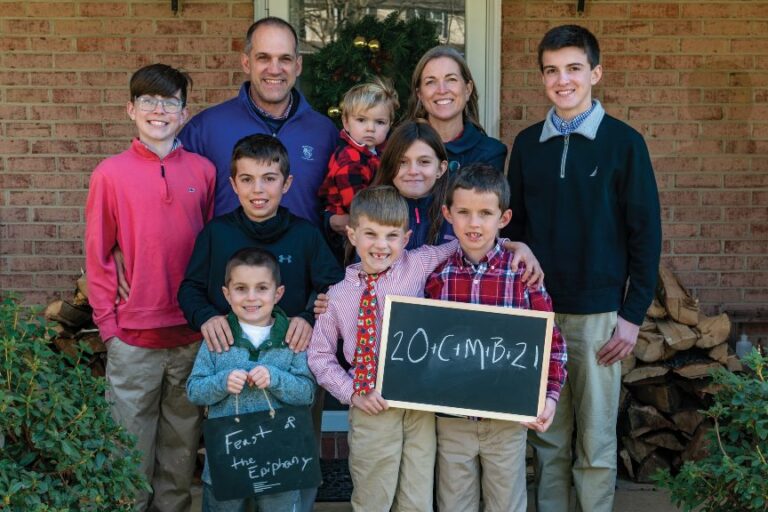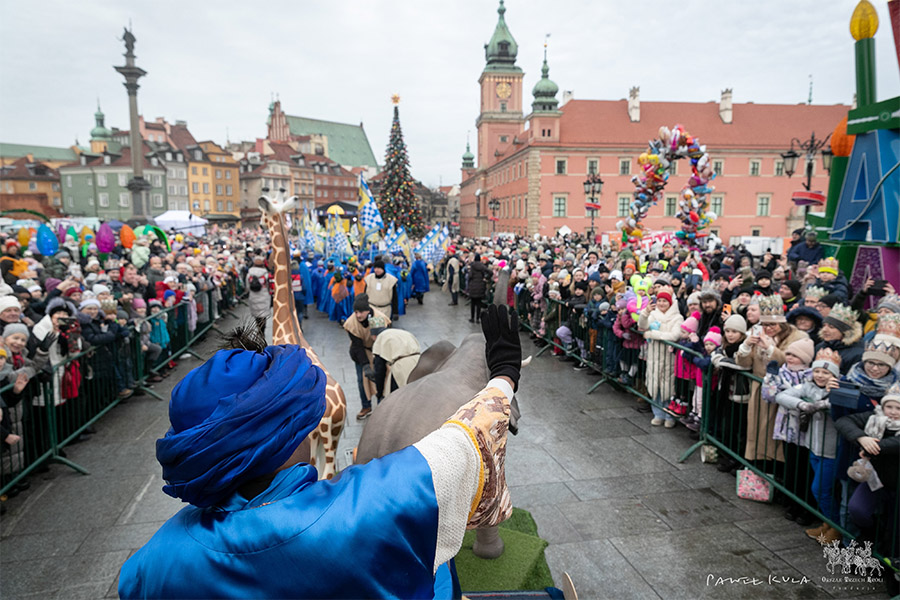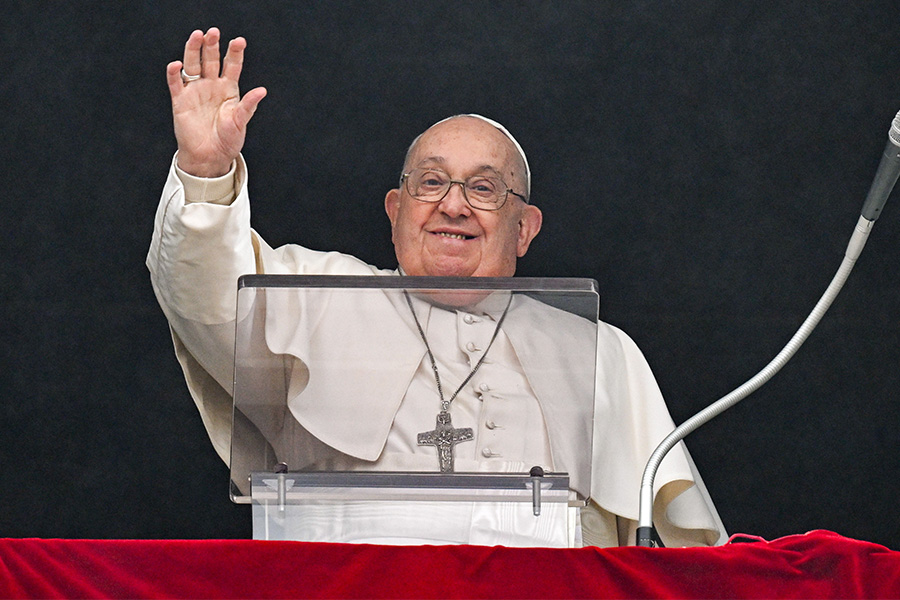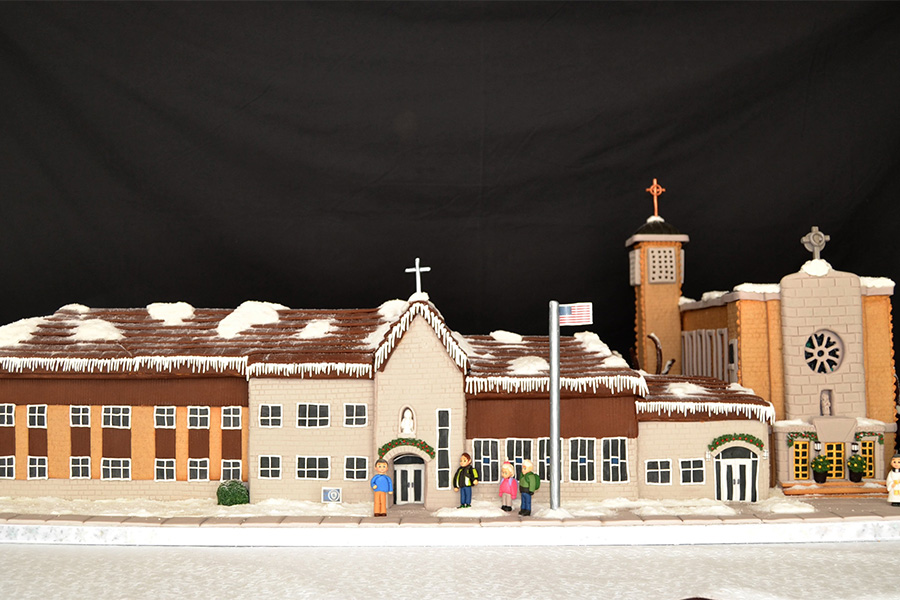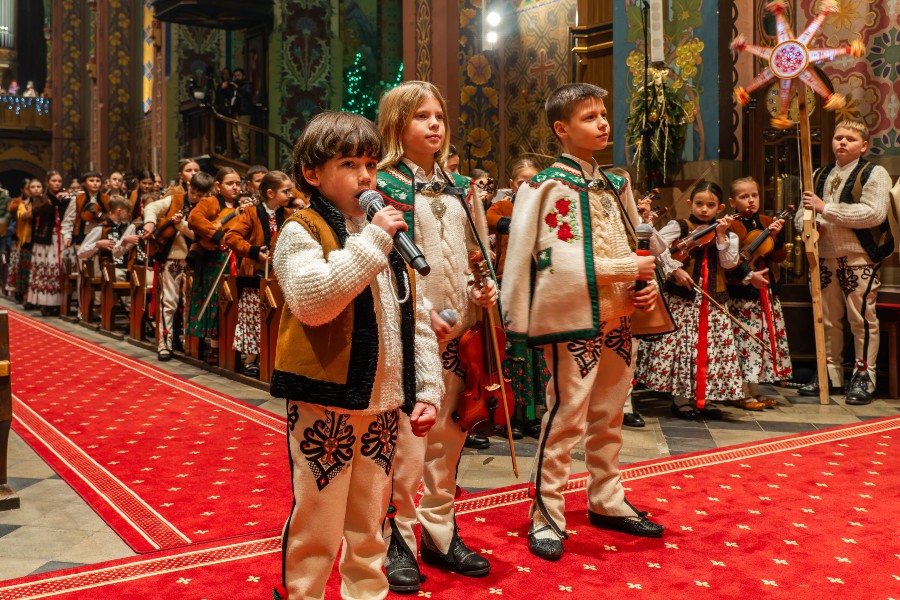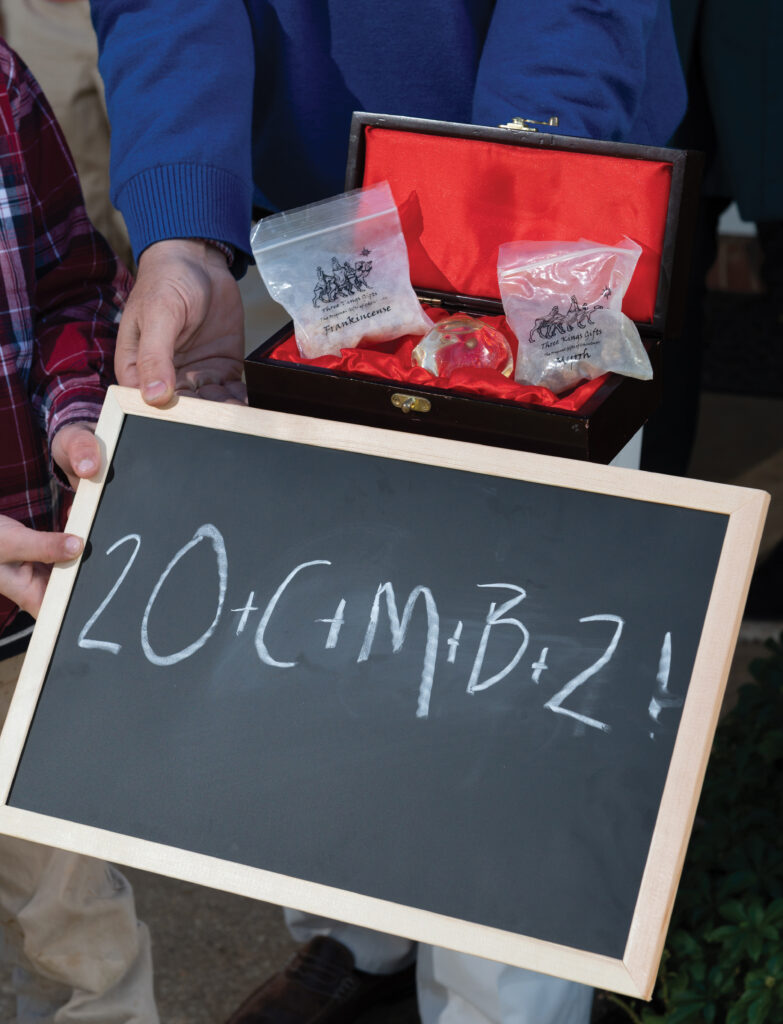
The ancient Christian tradition of marking doorways with blessed chalk on the Feast of the Epiphany will carry new meaning for many Catholics in 2021.
Following a year that saw families shaken by the coronavirus pandemic, the traditional home blessing will serve as a special symbol of hope and a visible reminder of faith.
“Many have fought COVID-19 and lived to tell about it,” said Michael Carnahan, a parishioner of Sacred Heart of Mary in Graceland Park who has practiced the chalk blessing since he was a child.
“However, many people have suffered the loss of a loved one to this virus. The chalk, along with other symbols, will be an even stronger reminder of how important God is to us and of what an important factor Jesus is in our daily lives,” he said.
The blessing, popular in Poland and other Slavic countries, has spread to many parts of the world. It takes place on the liturgical feast marking the visitation of the Magi to the Christ Child and the revelation that Jesus is the son of God.
The blessing involves taking simple chalk, usually blessed by a parish priest, and scrawling doorways with symbolic numbers and letters – this year, “20+C+M+B+21.”
The numbers represent the current year and the letters stand for the first letters of the traditional names of the magi: Caspar (sometimes spelled “Kaspar”), Melchior and Balthazar. The letters are also an abbreviation for “Christus Mansionem Benedicat,” Latin for “May Christ bless this dwelling.”
Participants typically read passages from the New Testament and may sing Epiphany hymns.
Carnahan, Malgorzata Bondyra, and their five children intend to again practice the tradition this Epiphany, which is observed in the United States on the Sunday between Jan. 2 and Jan. 8 (Jan. 3 this year). Of Polish background, they will say the blessing in Polish and English.
“We will use this as an opportunity to remember that living a Christ-like existence on a daily basis is important to all,” Carnahan said. “Just as we took for granted our health and safety as a society, we are reminded of how we might sometimes take for granted the sacrifice Jesus made for all of us.”
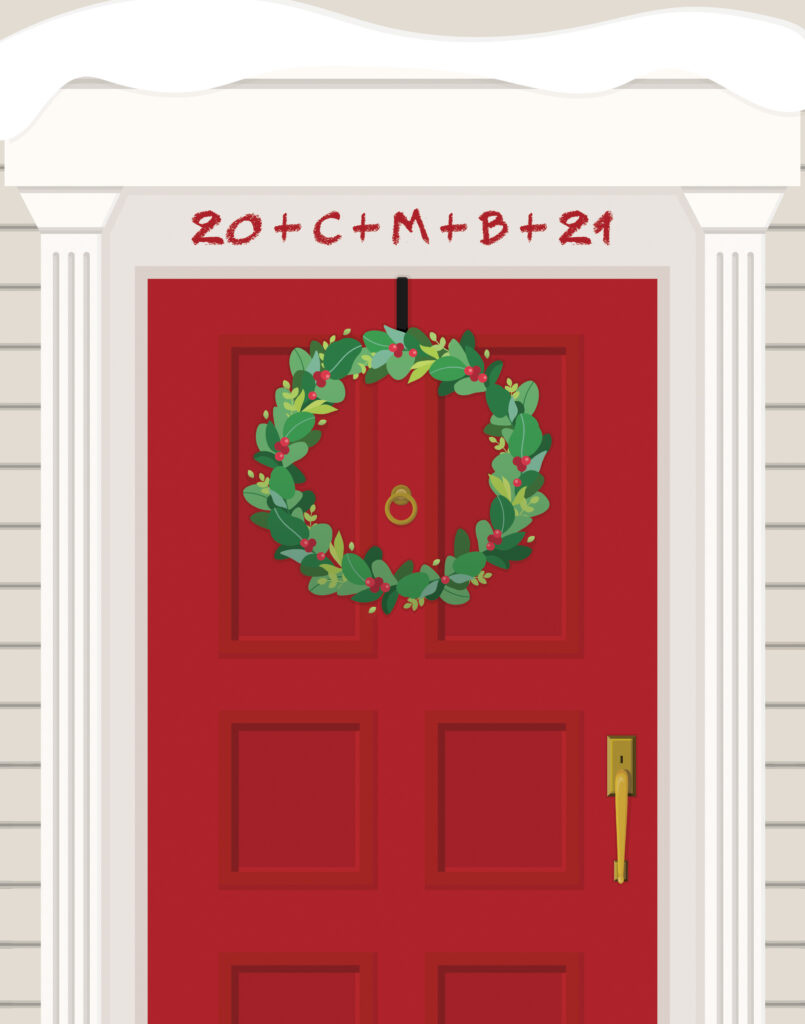
2021 won’t be the first time the blessing has taken on extra meaning. Under Soviet-dominated Poland, for example, Catholics viewed the blessing as a means of spiritual resistance.
“During communist times, Polish people would use the chalk and other symbols as a statement of their beliefs and as an indication that communism can’t take away their faith,” said Carnahan, a longtime member of the Polish dance ensemble, “Ojczyzna,” based at Holy Rosary in Fells Point. “It sometimes would lead to trouble for them, but ultimately it was a way to be defiant while also being true to their faith.”
Will and Amy Buttarazzi, parishioners of St. Joseph in Cockeysville, have also practiced the chalk blessing in their home with their eight children. As director of family ministry at their parish, Amy Buttarazzi encourages other families to adopt the practice. She made a video about the tradition and provided written instructions.
She remembers her elementary school, the School of the Cathedral of Mary Our Queen in Homeland, maintaining the tradition when she was growing up.
“Our principal would bless all the doors of the school building every year after we returned from Christmas break,” she said. “The blessing would be written on a sentence strip and taped to the top frame of each door in the building. Now, as a mom, I wanted to continue this tradition in my own home with my children.”
The Buttarazzis write their Epiphany blessing above the door of their dining room, while Carnahan and his family write it above their front door, outside.
Carnahan noted that the magi traveled far, having faith they would find the infant Jesus. They did so knowing his mission, he said.
“The chalk is a daily visual symbol for us,” Carnahan observed, “just like seeing the crucifix hanging on the wall, helping us to keep within us thoughts of grace, love, peace, happiness, forgiveness and more.”
Email George Matysek at gmatysek@CatholicReview.org
Visit bitly.com/chalkblessing for a guide from the U.S. Conference of Catholic Bishops for doing a chalk blessing in your home.
Also see
Copyright © 2020 Catholic Review Media

